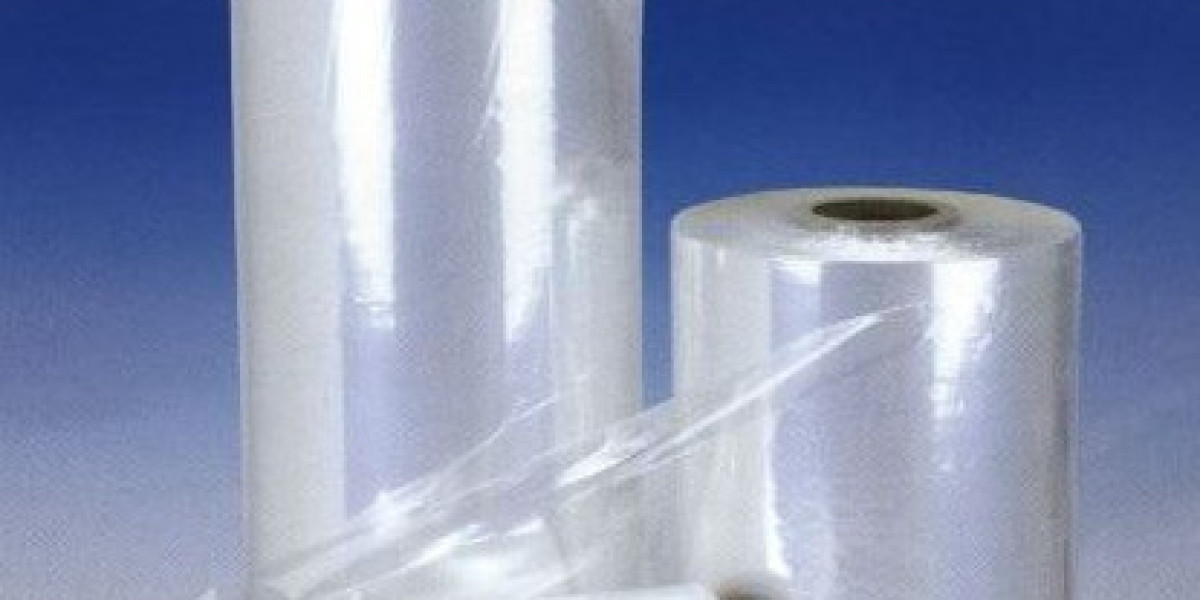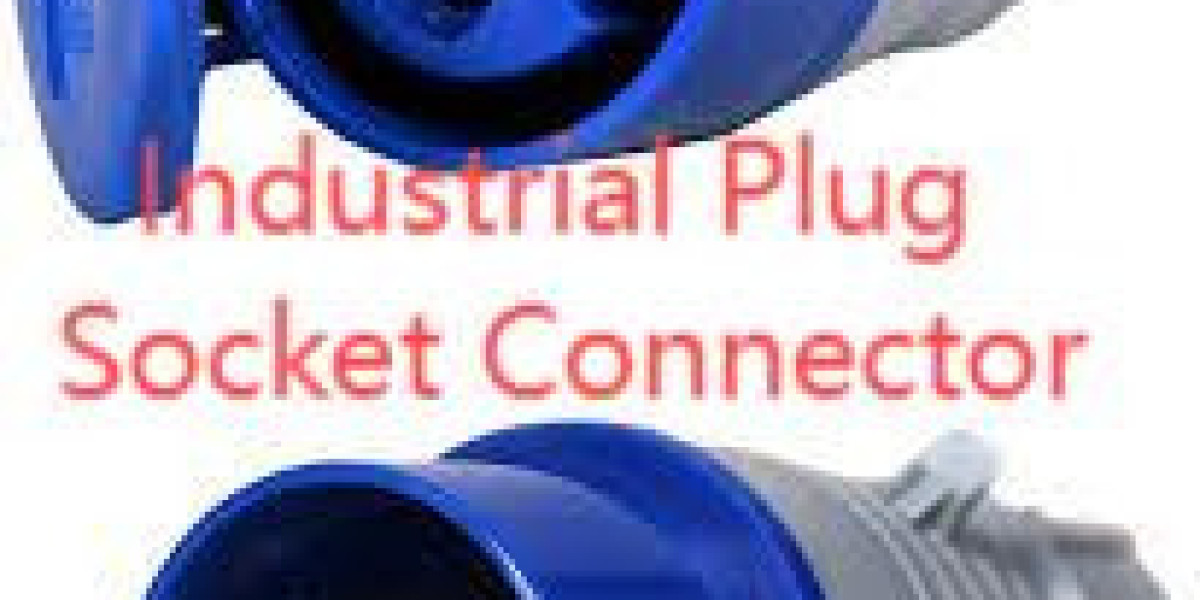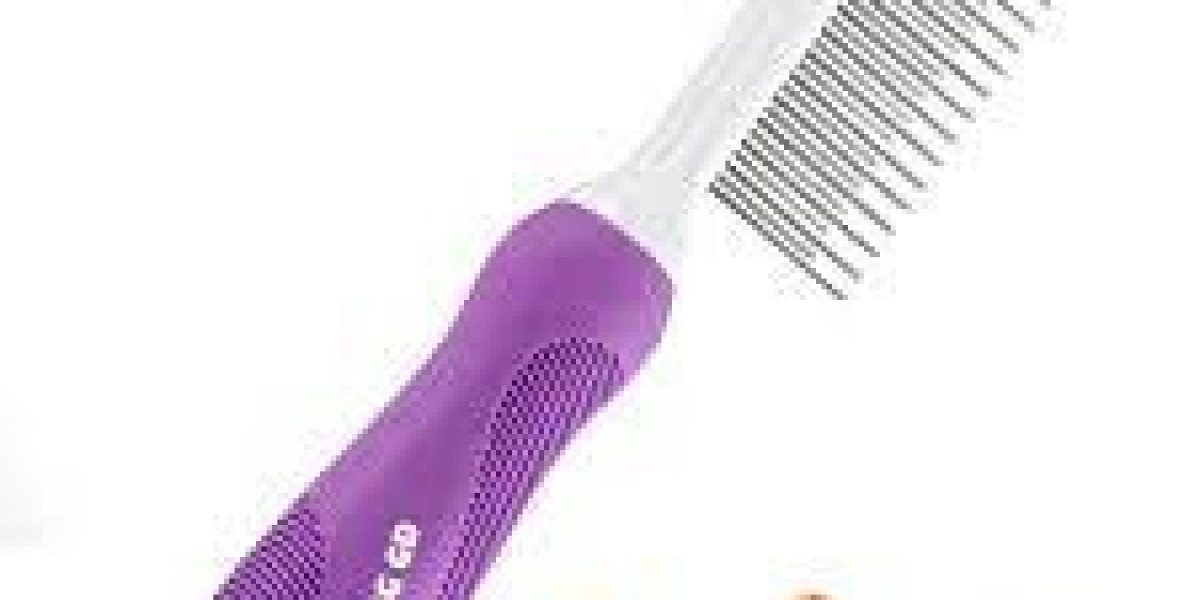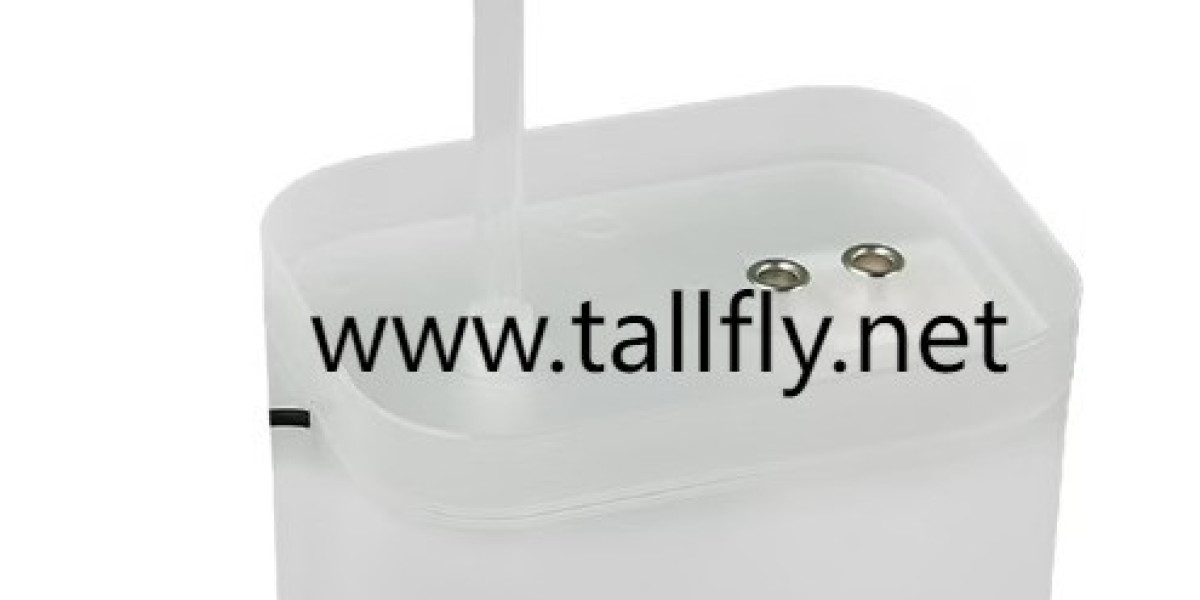In today’s sustainability-driven industrial landscape, Aluminum Mig Wire Manufacturers are stepping up to meet surging demands from electric vehicle makers and renewable energy pioneers. Precision-engineered filler metals crafted by these specialists enable fabricators to join lightweight aluminum structures with smooth, stable arcs that reduce overall assembly weight. As global conversations emphasize carbon footprint reduction, these wires help welders deliver durable joints while supporting broader decarbonization goals.
Advanced production facilities leverage automated extrusion lines and real-time quality controls to maintain tight tolerances in alloy chemistry. This level of consistency proves vital when components face rigorous fatigue and corrosion tests on chassis frames, battery enclosures, or solar panel supports. By collaborating with material scientists and process engineers, manufacturers optimize wire performance for both manual torches and high-speed robotic cells, ensuring every bead meets stringent industry benchmarks.
The ongoing shift toward nearshore fabrication has underscored the importance of reliable supply chains. When global logistics become unpredictable, local partnerships with regional wire makers mitigate risks of production halts. These collaborative networks ensure just-in-time deliveries of precisely spooled wire reels, allowing weld lines to maintain steady throughput without costly downtime. Such resilience resonates across sectors adapting to volatile transport costs and shifting trade dynamics.
Environmental compliance also shapes how wire producers source raw materials and operate furnaces. Many embrace closed-loop recycling systems that recapture scrap wire and dross, feeding it back into remelting processes with minimal energy loss. Water-cooled crucibles and renewable-energy-powered induction heaters further shrink greenhouse gas emissions. Customers monitoring their own sustainability metrics appreciate partners who transparently report eco-credentials and support circular manufacturing practices.
On the technology front, machine learning algorithms have found their way into welding shops. Predictive models analyze arc voltage and wire-feed data to suggest optimal current settings for varied joint geometries. When integrated with intelligent power sources, these systems adjust parameters mid-weld to combat porosity or burn-through risks on thin skin panels. Such smart welding approaches extend wire life and enhance final appearance, reducing grind-and-rework cycles.
Marine and aerospace fabricators, dealing with stringent structural demands, benefit from high-purity alloy wires that resist salt-water corrosion and hold up under cyclic loading. The unique mechanical properties of certain aluminum grades offer a favorable strength-to-weight ratio, making them ideal for hull plating or aircraft fairings. Collaborative development programs between end users and wire suppliers accelerate material validation, ensuring that every spool performs reliably in harsh operational environments.
Training and technical support round out the value proposition. Seasoned application experts provide onsite workshops covering joint design, parameter selection, and troubleshooting. Interactive virtual platforms offer step-by-step guides, sharing best practices for maintaining spatter-free arcs and consistent bead profiles. By empowering welding teams with hands-on knowledge, manufacturers enhance adoption rates and bolster overall productivity in shop floors facing tight delivery targets.
Looking forward, ongoing innovations in wire alloying promise even greater performance gains. Experimental formulations infused with microalloying elements aim to boost ductility and weld appearance, while novel surface coatings improve feed reliability in automated feeders. As industries increasingly adopt lightweight metals to meet climate targets, reliable Aluminum Mig Wire Manufacturers will remain critical partners in connecting ambitious design visions with practical assembly solutions.






